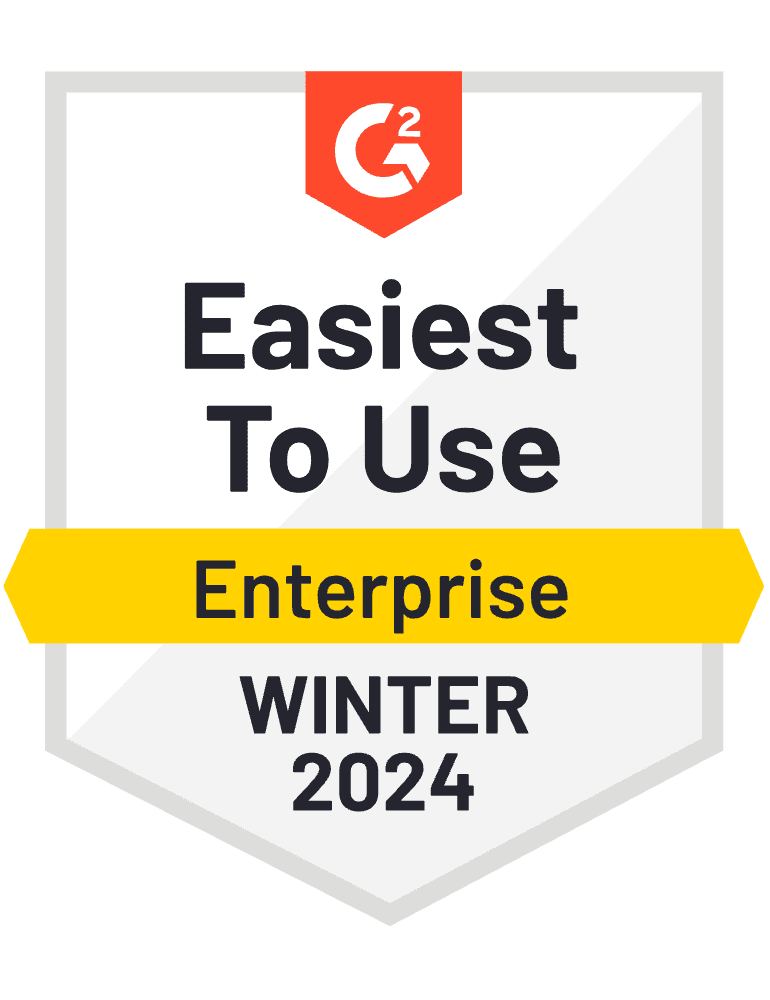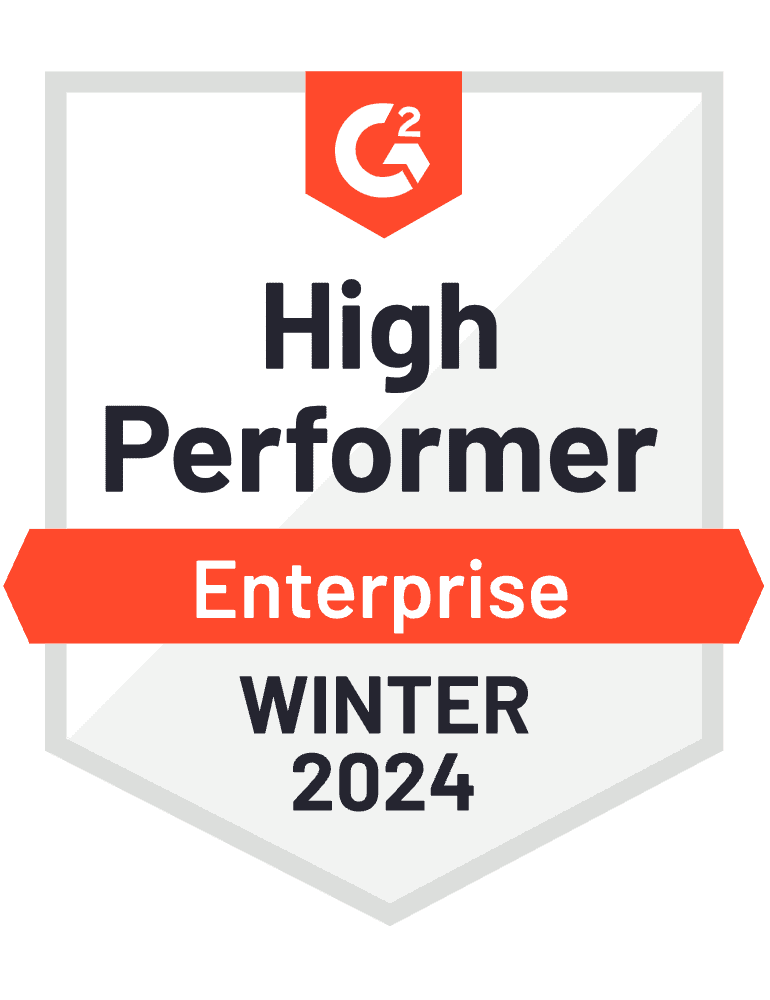What Are Work-Related Strengths and How to Leverage Them for Success
Anna Spooner | WorkRamp Contributor
View bioLearning Tips Straight to Your Inbox
Are you tired of the endless cycle of hiring candidates who don’t quite fit the role? Are you seeking solutions to boost employee engagement, job satisfaction, and overall organizational performance?
In today’s competitive business landscape, understanding the crucial role of work-related strengths is essential. Studies have shown that job fit is correlated with a variety of outcomes, including better employee engagement, satisfaction, performance, and decreased turnover.
Identifying and developing these work-related strengths is the key to unlocking your employees’ full potential, and ultimately, propelling your organization to new heights of success.
So how can you use work-related strengths to drive performance and gain a competitive edge? Read on to discover tactics you can implement in your organization today.
In this post:
What are work-related strengths?
Work-related strengths are the skills, talents, and abilities individuals use to succeed at work.
These can include hard skills like software proficiency or the ability to perform specific tasks, such as writing documentation or graphic design. They also include soft skills such as communication, leadership, and working well with others.
Read more: What is Soft Skills Training + The Best Ways to Train Your Team
How do you identify work-related strengths?
The L&D team is tasked with helping employees grow and develop their knowledge and skills to drive better performance and business results.
Help your team members find their work-related strengths by following this process.
Identify which tasks or projects you like completing most
One of the first tasks in identifying work-related strengths is understanding what tasks your employees enjoy completing and feel fulfilled doing.
You can start with yourself as an example and then expand the idea to your L&D team and the teams in your organization.
When you find tasks and projects you’re excited about, you’ve found a workplace strength. You can then help employees do the same, with an eye toward helping them focus their current role and future career path on the things that really inspire them.
Read more: How to Create Career Paths for Employees
Survey employees
One of the quickest ways to find out what employees do best is to ask them. Let them describe which projects give them the most energy, what fulfills them, and what part of their work they enjoy most.
You can combine this with information about how their manager and colleagues see them in terms of what they do well. Sometimes people have strengths they don’t see in themselves, but others do.
Combine employee goals with skill assessments
Another option is to use employee development plans to combine goals with an employee’s proficiencies.
Giving everyone a full skill assessment every year is overwhelming, but when you focus on developing work-related strengths related to each employee’s goals, you’ll create a strong fit in both skills and desires.
Assess weaknesses
When deciding who’s a good fit for an opportunity, you look not only at work-related strengths but also at weaknesses.
If someone wants a new position that requires a competency where they aren’t strong, they’ll need training and coaching to improve.
Read more: 26 Examples of Employee Strengths & Weaknesses + How to Improve Them
How to use work-related strengths to maximum advantage
As an L&D team, you can help employees excel by matching company goals with the work-related strengths you help develop.
Recognize trends you see in the workplace
Most organizations have skill gaps—now and coming up in the next few years. The L&D team is uniquely positioned to recognize trends both internally and in the market so you can position your team to meet these current and upcoming needs.
As you notice or anticipate skill gaps, create training programs that identify and uplevel employees who have work-related strengths in those areas. Filling the gaps will make a huge difference in your company’s success.
Develop a self-portrait
Understanding your strengths and weaknesses can help you make sound decisions about your career, what opportunities to pursue, and how to maximize your productivity in your current role.
Help your employees gain these benefits by encouraging them to make a self-portrait.
A self-portrait helps employees understand work-related strengths and areas for training and development. It should include information from their own understanding of their skills and outside information from leaders, coworkers, and others.
With a clear self-portrait, each employee has a realistic picture of their strengths and where to improve.
Exceed expectations
To truly leverage work-related strengths, employees must work at their full potential. Encourage your team to avoid “just-enough syndrome” and reward high performers, not with more work, but with advancement opportunities and other valuable benefits.
Exceeding expectations is something everyone can model, from top executives to the L&D team to every employee on the front line of the organization. When you and your team lead the way, you’ll be setting a great example.
Read more: How to Empower L&D Champions
Creating a leadership pipeline
One of the top challenges in many companies is having trained leaders ready to step up when there are new opportunities.
A Gartner study showed that 81 percent of HR leaders said a “lack of readiness” was the top reason high-potential employees are not chosen to fill leadership roles.
The right L&D focused on work-related strengths can help your organization build a well-qualified pipeline for new leadership.
Read more: What is Leadership Development and Why is it Important?
Develop better sales reps
Another way that L&D can directly impact your bottom line is by improving sales reps’ skills and, ultimately, their performance.
If your organization has a sales enablement team, this might fall under their focus. If not, however, your L&D team can help develop work-related strengths in sales.
This can include soft skills such as active listening, patience in prospect nurture, and more, and it can also include specific skills in social selling or other sales strategies.
Improving customer service
Another key area when it comes to improving your organization’s bottom line is customer service. Being able to educate customers on your product and service, troubleshoot, and solve problems improves customer retention. The L&D team can help customer service reps improve these abilities.
Customer service skills include communication, deep knowledge of your product or service, understanding the problems your products solve so they can upsell or cross-sell, and more.
Read more: 9 Customer Service Training Ideas to Improve Customer Experience
Helping employees meet their career goals
Beyond training specific teams that impact your organization’s goals, being aware of work-related strengths and training employees accordingly can help team members meet their career goals.
This might mean becoming more proficient in their current role, applying for a new position, or even moving to a different department and career track.
Strength-based learning can increase employee engagement up to 23 percent, making a significant difference in overall productivity and employee retention.
Identify and apply work-related strengths with the Learning Cloud
When it comes to creating a strong L&D program that develops work-related strengths, you need the right foundation. An all-in-one learning platform, like the Learning Cloud, can help you not only train employees in critical areas, but also track results, tie in company performance, and more.
With the Learning Cloud, you can create engaging, people-centric employee learning to help team members learn, grow, and unlock their full potential.
Learn more about how the Learning Cloud can help you create engaging employee development programs. Contact us to schedule a free, personalized demo.
Complete the form for a custom demo.
Recent Posts
- WorkRamp Launches AI Practice to Revolutionize Sales Enablement July 22, 2024
- How to Recognize Employee Burnout July 17, 2024
- What is the Best SCORM-compliant LMS? July 10, 2024
- How to Make a Training Module For Online Learning (2024 Guide) July 1, 2024
- The Role of Emotional Intelligence in Sales Enablement June 28, 2024
Anna Spooner
WorkRamp ContributorAnna Spooner is a digital strategist and marketer with over 11 years of experience. She writes content for various industries, including SaaS, medical and personal insurance, healthcare, education, marketing, and business. She enjoys the process of putting words around a company’s vision and is an expert at making complex ideas approachable and encouraging an audience to take action.
You might also like
Create engaging eLearning content for your teams
eLearning gives organizations the flexibility that other online courses can offer, but creating courses that are engaging and impactful can be harder than you think.
Read More
Learn about the most important employee strengths to cultivate
To drive growth and achieve long-term goals, it’s critical to understand your employees’ strengths and weaknesses.
Read More
Try these strategies to improve employee engagement and performance
Companies with strong cultures see greater employee engagement and increased productivity. Learn to create a culture that promotes growth, helps you retain top talent, and drives results.
Read More
Decrease Ramp Time and Increase Revenue
Get in touch to learn how WorkRamp can help you achieve your learning and development goals.
Request a Demo



